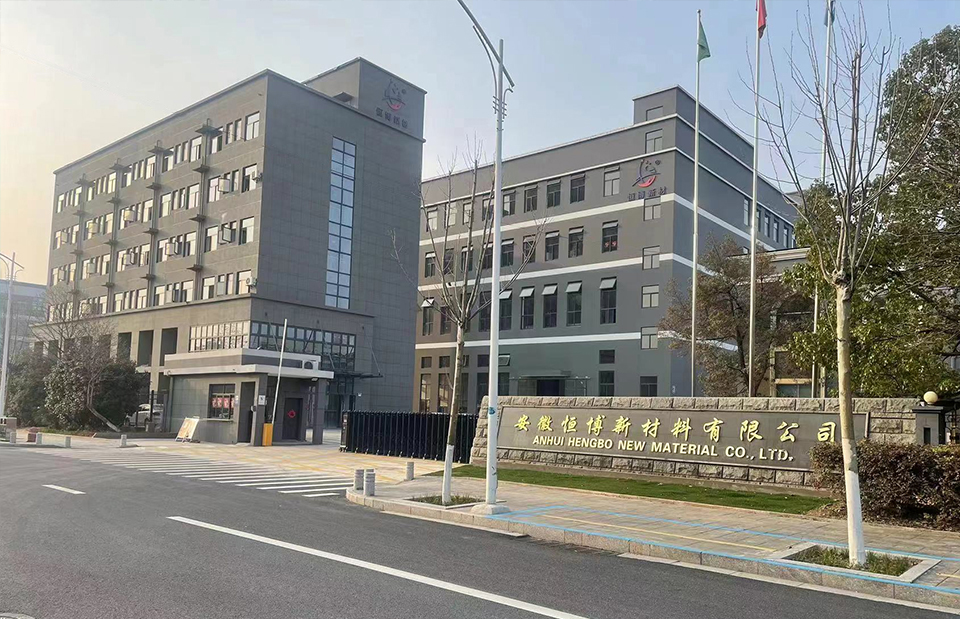What are the different types of PET transparent release films and what is the basis for their selection?
PET transparent release films are divided into many types according to different release forces, surface treatments and thickness characteristics to meet different application requirements. The following are the main classification types and selection criteria:
1. Classification by release force
Light release film: The release force of light release film is small and is suitable for applications with low release requirements, such as the production of screen protectors, labels and other products. It can be easily peeled off from the adhesive surface without causing obvious pulling effect on the adherend.
Medium release film: The release force of medium release film is moderate and is mostly used for applications such as laminating materials and electronic components. It can maintain appropriate adhesion and ensure that the material is not damaged when peeled off.
Heavy release film: The release force of heavy release film is large and is suitable for products that require strong adhesion. It is more common in the production and application of some high-viscosity tapes and protective films.
Selection basis: According to the release force required in the application, ensure that the film will not damage the adhesive surface when peeled off and meet the requirements of adhesion firmness.
2. Classification by surface treatment
Single-sided release film: The single-sided release film has a release agent on only one side, which is usually used for single-sided protection or applications that only require single-sided demoulding, such as protecting only one side during the lamination process.
Double-sided release film: Both sides of the double-sided release film are coated with release agent, which is suitable for applications that require double-sided demoulding or double-sided protection, such as the production and processing of multi-layer protective materials or tapes.
Selection basis: According to the lamination or protection requirements of the product, select single-sided or double-sided release film to meet different usage scenarios.
3. Classification by surface treatment characteristics
Antistatic release film: The surface of this film is treated with antistatic treatment to prevent static electricity from being generated when the film is removed. It is suitable for use in the manufacturing and lamination process of electronic products to avoid static electricity from damaging electronic components.
High temperature resistant release film: This release film has high temperature resistance and is suitable for use in scenarios that require high-temperature lamination or high-temperature production, especially in the electronics and optoelectronics industries.
Selection basis: For electronic components that are susceptible to static electricity, antistatic release film is a safer choice, while in high-temperature production or processing scenarios, choosing a high-temperature resistant release film can ensure the stability of the film.
4. Classification by thickness
Ultra-thin type: usually below 25μm, suitable for applications with low film thickness requirements but high transparency requirements.
Medium thickness: The thickness is generally between 50-100μm, widely used in the processing of lamination and protective films.
Thick film type: The thickness exceeds 100μm, suitable for scenarios that require high durability or multiple uses.
Selection basis: Select the thickness requirements of the film based on the specific application scenario. For example, the ultra-thin type is suitable for scenarios that require high transparency, while the thick film type is suitable for scenarios that require multiple uses or high wear resistance.
5. Classification by transparency
Highly transparent release film: Provides excellent transparency and is suitable for optical-grade applications, such as optoelectronic display screens, touch screen lamination, etc.
Ordinary transparent release film: The transparency is slightly lower, suitable for daily lamination and protection applications that do not require high transparency.
Selection basis: High transparency release films are usually used in situations that require clear vision, such as optical display devices, while release films with normal transparency are mostly used in protective applications with lower transparency requirements.






















































